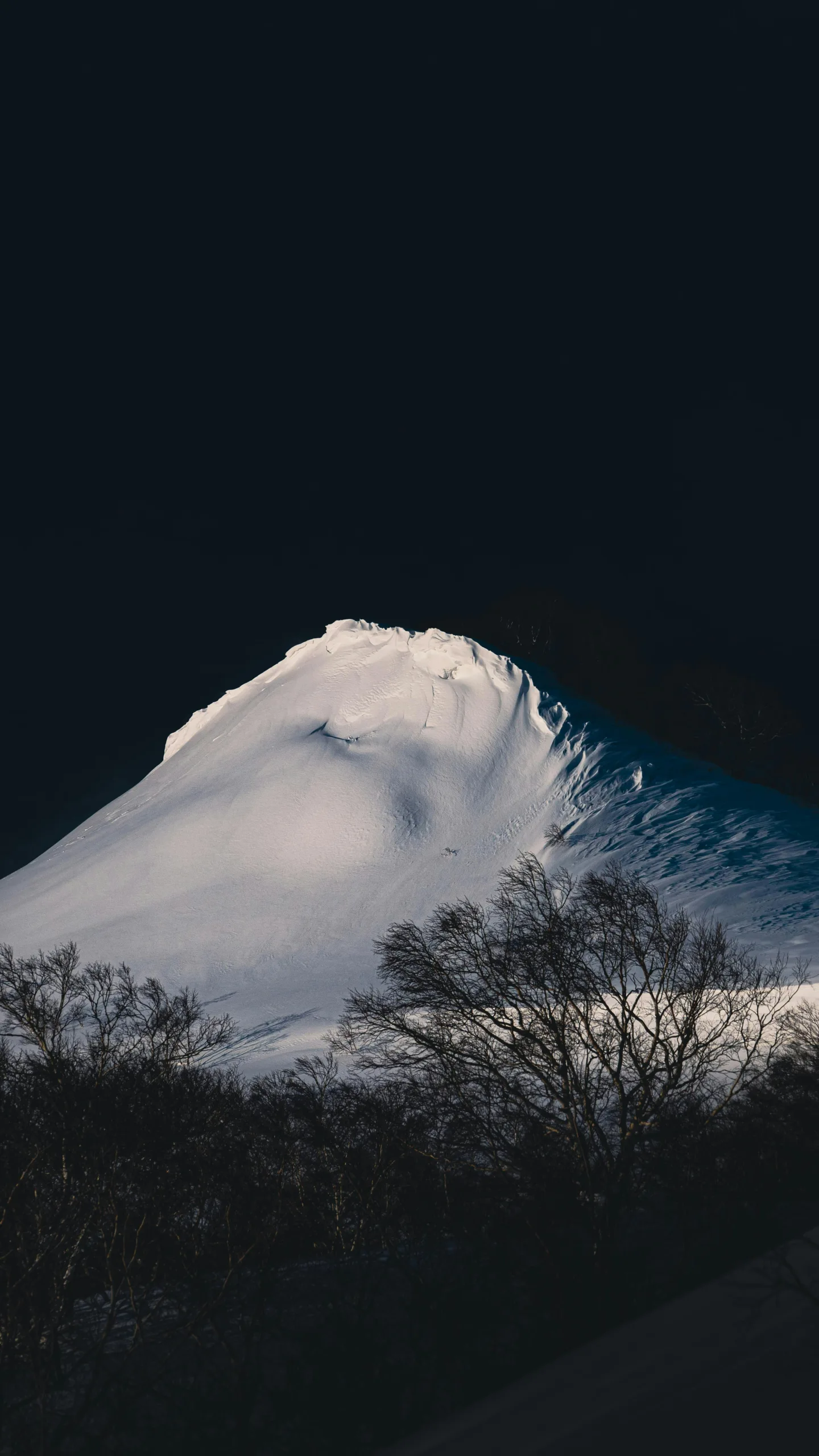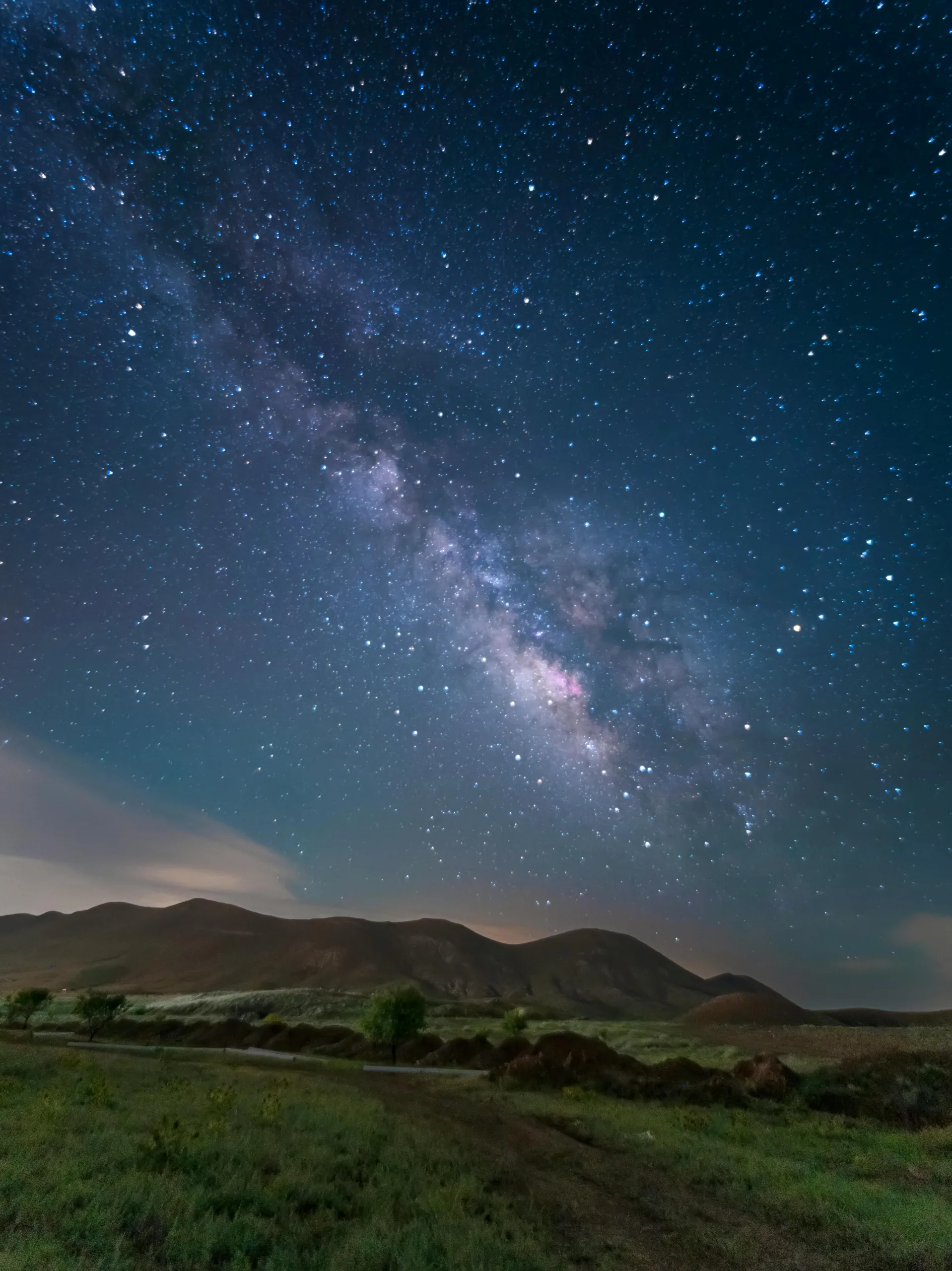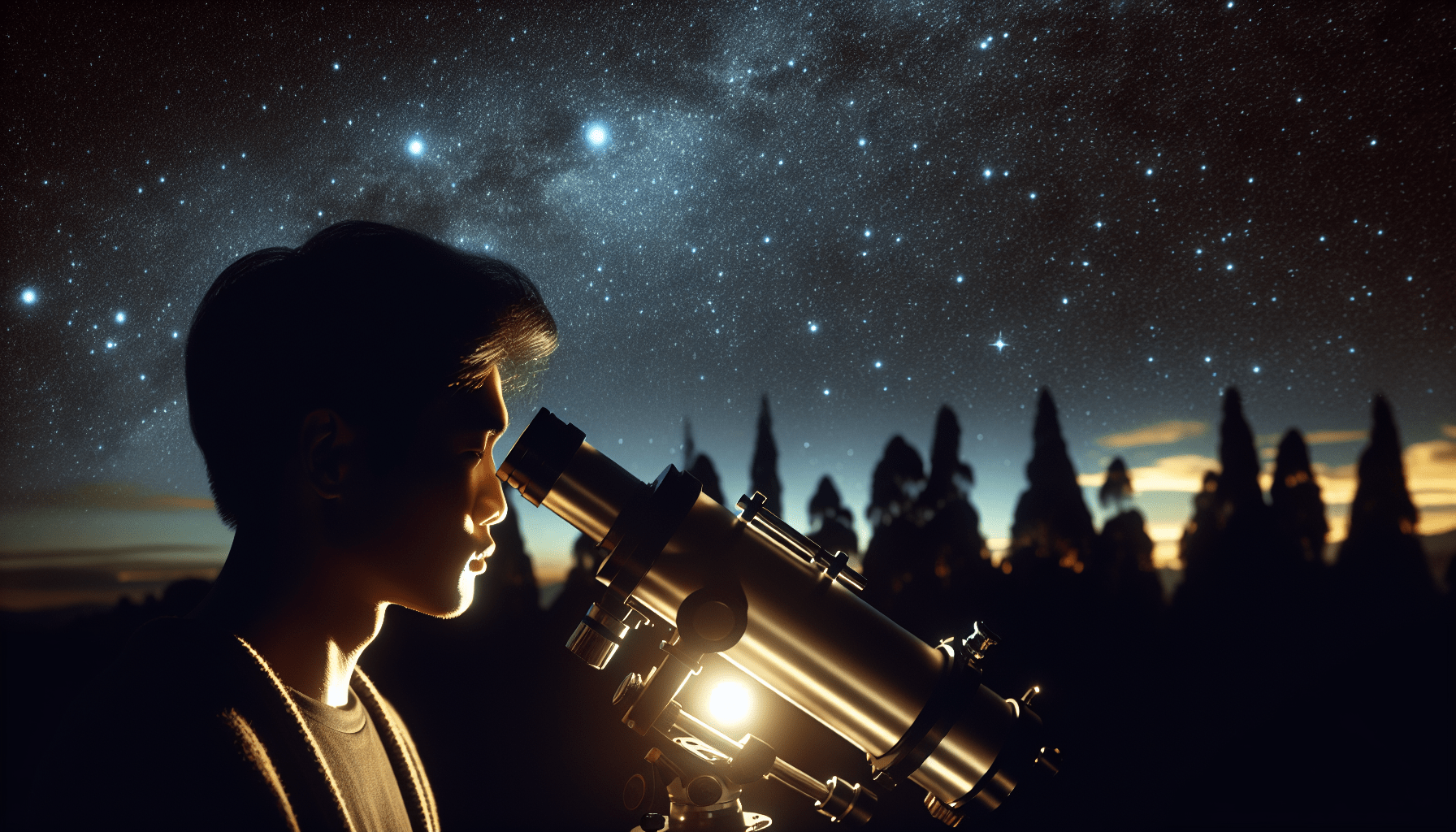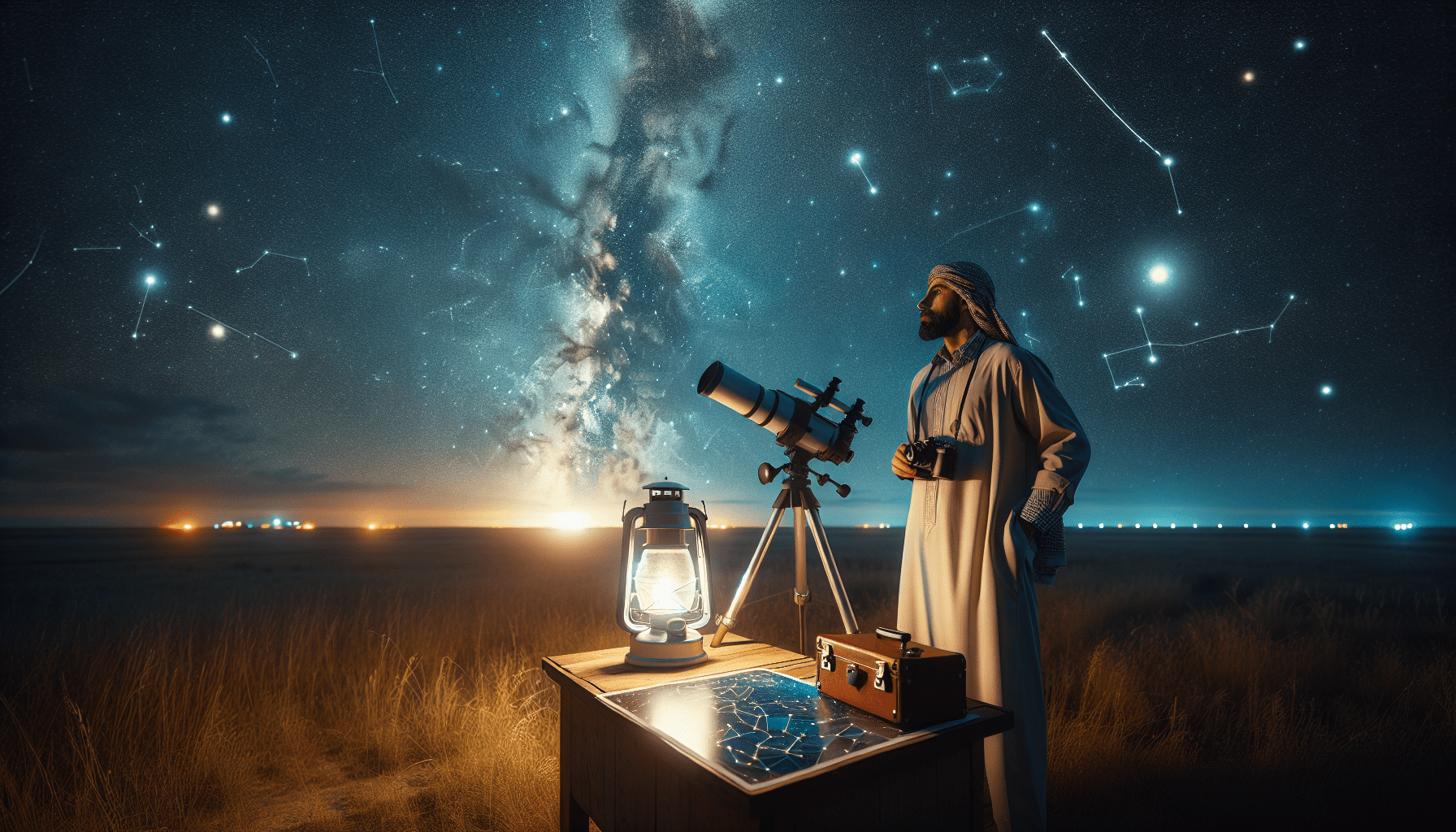Imagine gazing up at the night sky, captivated by its vastness and sparkling beauty. Have you ever wondered what secrets lay hidden within those shimmering stars? With a small telescope by your side, you embark on a journey of exploration, discovering a whole new realm of celestial objects that were previously invisible to the naked eye. From mesmerizing galaxies to enchanting nebulae, the night sky becomes your personal playground, inviting you to unlock its mysteries and unravel the wonders that lie beyond. Join us as we venture into the realm of the cosmos and delve into the captivating world of exploring the night sky with a small telescope.
Table of Contents
Introduction to Exploring the Night Sky with a Small Telescope
Welcome to the fascinating world of exploring the night sky with a small telescope! Whether you’re a novice or an experienced stargazer, a small telescope can provide you with a window into the mysteries of the universe. In this article, we will guide you through the process of choosing the right small telescope, preparing for observations, and exploring various celestial objects.
Choosing the Right Small Telescope
Considerations for selecting a small telescope
When choosing a small telescope, there are several important factors to consider. Firstly, determine your budget. Small telescopes come in a wide range of prices, so it’s essential to find one that fits within your financial means. Additionally, consider the portability of the telescope, especially if you plan to take it on trips or stargazing outings. Other key factors to consider include the telescope’s aperture size, focal length, and the quality of its optics.
Types of small telescopes
Small telescopes come in different types, each with its own advantages and applications. Refractor telescopes use lenses to gather and focus light, providing crisp and clear images. Reflectors, on the other hand, use mirrors to gather and focus light, often offering a larger aperture for more light-gathering capability. Cassegrain telescopes combine lenses and mirrors, providing a compact design without sacrificing image quality.
Features to look for in a small telescope
When selecting a small telescope, keep an eye out for important features that can enhance your experience. Look for a sturdy mount and tripod to provide stability during observations. A smooth and accurate tracking system is also beneficial for following celestial objects. Additionally, consider whether the telescope offers computerized or GoTo functionality, which can make it easier to locate specific objects in the sky.

Preparing for Observations
Understanding the night sky
Before embarking on your stargazing journey, it’s essential to develop a basic understanding of the night sky. Learn about the different constellations, stars, and planets that are visible throughout the year. Familiarize yourself with the patterns and movements of the celestial objects to enhance your ability to navigate the night sky.
Learning to navigate the sky
To make the most of your small telescope, it’s vital to learn how to navigate the night sky. Invest time in studying star charts, sky maps, and smartphone apps that help identify constellations and guide you to specific objects. By familiarizing yourself with the positions of stars and planets, you’ll be better equipped to locate and observe them with your telescope.
Planning observations
To maximize your observing sessions, plan ahead. Consider the weather conditions, the moon phase, and the visibility of specific celestial objects on any given night. Schedule your observations during nights with clear skies and minimal light pollution. Make a list of objects you wish to observe and research their optimal viewing times and locations in the sky.
Observing the Moon
Craters and mountain ranges
The moon offers a wealth of captivating features to explore with your small telescope. Observe the countless craters on the lunar surface, each with its unique shape and size. Look for prominent mountain ranges, such as the towering peaks of the Apennine Mountains or the breathtaking beauty of the Alpine Valley.
Lunar seas and maria
Discover the darker regions of the moon known as lunar seas or maria. These vast plains were once thought to be bodies of water by early astronomers due to their smooth appearance. With your small telescope, you can observe the distinct contrast between the bright highlands and the dark maria, revealing the moon’s volcanic history.
Moon phases and eclipses
The moon’s changing phases offer a fascinating sight to behold. Witness the transition from a thin crescent to a full moon and observe the intricate details along the terminator, where light meets darkness. Additionally, keep an eye out for lunar eclipses, both partial and total, where the moon briefly takes on a mesmerizing reddish hue during the Earth’s shadow.

Exploring Planets
Observing the rings of Saturn
One of the most remarkable sights in our solar system is observing the rings of Saturn. With a small telescope, you can witness the awe-inspiring beauty of these rings and even spot some of Saturn’s larger moons. Look closely and observe the gaps and divisions within the ring system, revealing its intricate structure.
Spotting the Great Red Spot on Jupiter
Jupiter, the largest planet in our solar system, is known for its iconic feature, the Great Red Spot. This massive storm has been raging for centuries and is visible through a small telescope. Observe Jupiter’s cloud bands and look for other storm systems that come and go, providing a constantly changing view of this gas giant.
Examining the phases of Venus
Venus, often referred to as the evening or morning star, goes through phases similar to the moon. With a small telescope, you can observe Venus as it transitions from a thin crescent to a larger illuminated disk. Witness the varying phases and appreciate the stunning beauty of our neighboring planet.
Stargazing Beyond the Solar System
Locating and observing star clusters
Star clusters offer a dazzling display of celestial objects grouped together in various formations. Open clusters, such as the Pleiades or the Beehive Cluster, are young groups of stars bound by gravity. Globular clusters, like Omega Centauri or the Great Hercules Cluster, are densely packed spheres of ancient stars. Use your small telescope to navigate the night sky and observe these captivating stellar communities.
Identifying and studying galaxies
Galaxies are vast collections of stars, gas, and dust that reveal the immensity of the universe. Through a small telescope, you can observe galaxies beyond our own Milky Way. Look for spiral galaxies, characterized by their graceful arms, or elliptical galaxies, which have a smooth and elongated appearance. Witness the diversity of galaxies and marvel at their billions of stars.
Searching for nebulae
Nebulae are regions of gas and dust where new stars are born or older stars meet their demise. With your small telescope, you can search for and observe these remarkable cosmic clouds. Look for the dazzling colors of the Orion Nebula or the ghostly shapes of dark nebulae. Witness the awe-inspiring beauty of these stellar nurseries scattered throughout the night sky.

Exploring the Milky Way
Locating and observing the Milky Way
Our own galaxy, the Milky Way, offers a breathtaking sight when observed with a small telescope. Locate the plane of the Milky Way and marvel at the millions of stars it contains. Observe the dark lanes of interstellar dust that cross its path, obscuring distant stars. Scan the Milky Way and appreciate the sheer scale and beauty of our home galaxy.
Studying star-forming regions
Within the Milky Way, there are regions where stars are actively being born. These star-forming regions, such as the Orion Nebula or the Eagle Nebula, provide a glimpse into the processes that give birth to new stars. Use your small telescope to observe these regions, and you may witness the birth of the next generation of stars.
Finding and observing globular clusters
Globular clusters are densely packed groups of ancient stars that orbit around the center of the galaxy. With a small telescope, you can locate and observe these magnificent stellar clusters. Look for the spherical shape and observe the countless stars packed tightly together. These globular clusters offer a stunning view and remind us of the vastness of the universe.
Capturing the Night Sky
Astrophotography with a small telescope
Astrophotography allows you to capture the beauty of the night sky through the lens of your small telescope. With the right techniques and equipment, you can photograph stunning images of celestial objects. Capture detailed images of planets, stars, galaxies, and nebulae, immersing yourself in the joy of preserving these cosmic wonders.
Choosing the right camera and accessories
To delve into astrophotography, it’s crucial to choose the right camera and accessories for your small telescope. Consider a camera with manual controls, allowing you to adjust exposure and focus settings. Additionally, invest in a sturdy tripod and an adapter to connect your camera to the telescope. Filters can also enhance your astrophotography by reducing light pollution or enhancing specific wavelengths.
Tips for capturing stunning images
When capturing images with your small telescope, keep a few tips in mind. Use a remote or timer function to avoid camera shake during exposure. Experiment with different exposure times to find the ideal balance between capturing details and avoiding overexposure. Take multiple shots and consider using stacking techniques to enhance the final image. Patience and practice are key to capturing stunning images of the night sky.

Accessories for Small Telescopes
Eyepieces and filters
Eyepieces and filters are essential accessories for enhancing your viewing experience. Explore different eyepiece options to achieve various magnifications and fields of view. Filters can help enhance the contrast and visibility of specific celestial objects, such as planets or nebulae. Experiment with different combinations of eyepieces and filters to find the perfect setup for your observations.
Finderscopes and red dot sights
Finderscopes and red dot sights assist in locating objects in the night sky. Finderscopes provide a magnified view with crosshairs to guide your telescope accurately. Red dot sights use a projected red dot to mark the center of the field of view. These accessories are invaluable for quickly locating celestial objects and aligning your telescope for observations.
Mounts and tripods
Stability is crucial when observing with a small telescope. Invest in a sturdy mount and tripod for your telescope to prevent vibrations and ensure smoother tracking of objects. A stable mounting system will significantly improve the quality of your observations and reduce frustration during stargazing sessions.
Conclusion
Exploring the night sky with a small telescope opens up a world of wonders and allows you to connect with the vastness of the universe. By choosing the right small telescope, preparing for observations, and expanding your knowledge of celestial objects, you can embark on a lifelong journey of stargazing and discovery. Whether you’re observing the moon, planets, galaxies, or capturing stunning images, the experience of exploring the night sky will leave you in awe of the beauty and mystery that lies beyond our Earth. So grab your small telescope, immerse yourself in the wonders of the cosmos, and let the night sky become your gateway to endless fascination.

Related site – Learn to View the Night Sky with ‘See It with a Small Telescope’
